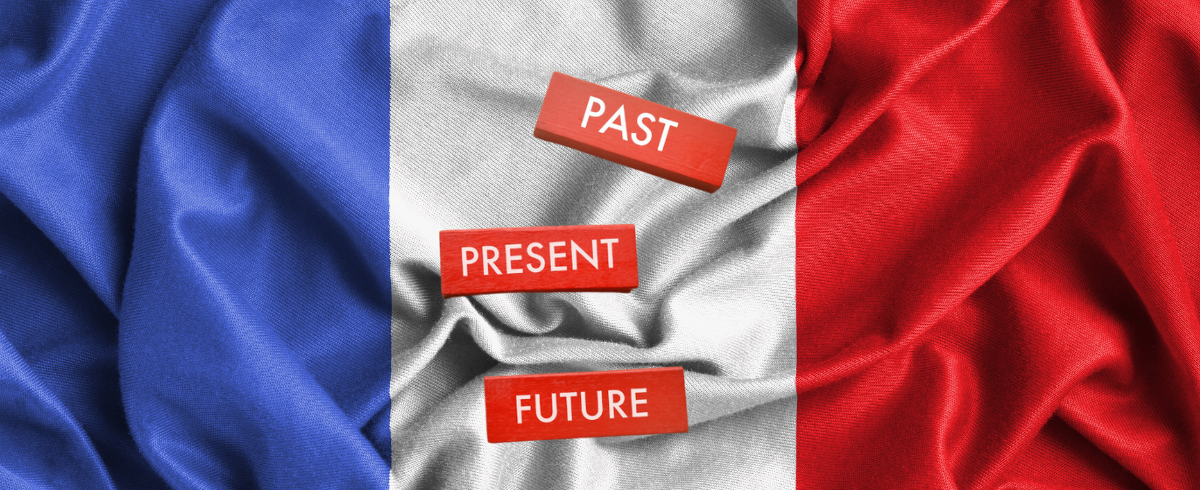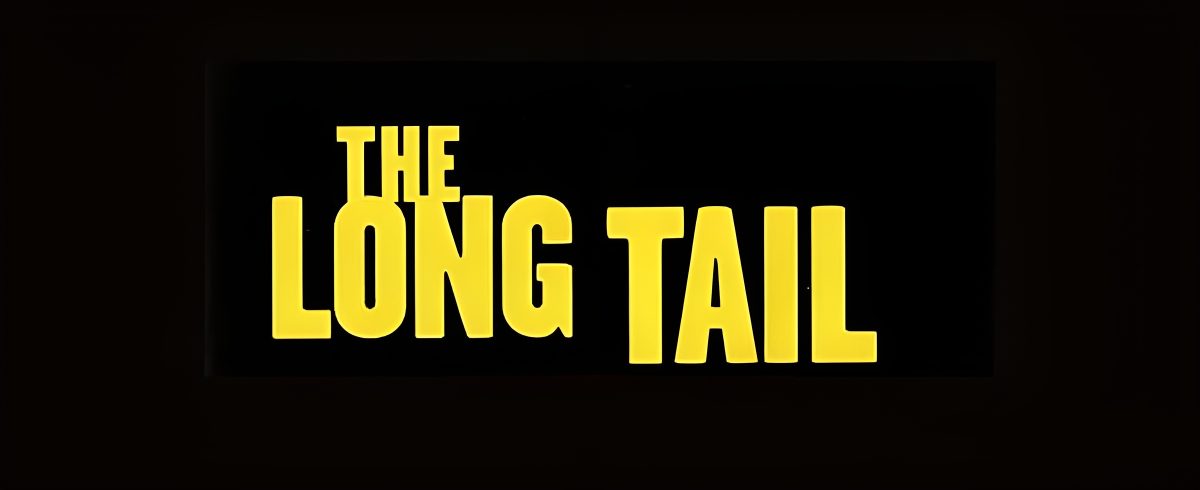Experts have been arguing for a while that real estate is over-valued by looking at a number of metrics; e.g., housing prices relative to household income, historical trends of house price increases.
However, very few people connect with those arguments and reiterate: “when I buy a house I am building equity” or “rent payments go down the drain, at least when I buy I am paying towards ownership of the house.” I will explain why those assertions are wrong.
Fundamentally, a house is just another asset. Its value should be determined by the present value of the cash flows you can obtain from it. Those cash flows are the present value of the rent payments you can collect from it over time and the present value of the price you will sell the house for in the end.
In other words:
House value = present value of potential rent payments during the ownership period + present value of selling price
Unfortunately, it is very unwieldy for people to calculate house values that way. Not that many people know how to calculate present value, but more importantly there are too many variables that would be up for debate. People might know their discount rate and current rental values, but how can they reasonably estimate annual increases in rent and in the value of the house over the long run? Polling experts would give you a wide range in the annual price increase of the house – some give you a negative rate in light of the current high prices, some would grow prices with GDP and some would grow house prices faster than that in light of historical housing price increases.
If the present value of cash flow method is unwieldy, the easiest way is to look at the rental yield of the property. In other words, how much of the property value can you obtain in rental income yearly, based on current market prices.
Rental yield = annual rent income / current market price
For instance the current yield on the house I am renting in Long Island is 1.6%. Given that you can get 5.5% risk free in a money market at your bank, renting is clearly the best option by far! I can more than pay for the rent just with the interest of the money I would have had to spend to buy the house. My landlord (who I hope does not read this blog) would be much better off selling the house and investing the money in something else.
In a less exact way, you can also look at monthly costs of renting versus ownership. In other words you can compare monthly rent versus the mortgage cost plus the monthly maintenance cost plus the monthly property tax minus the monthly interest expense tax deduction. It’s not an economically exact representation of the two cash flows over time because you don’t know by how much rents will increase relative to changes in property taxes and maintenance. Not to mention the interest deduction varies, given that over time the amount of interest expense decreases as a share of the overall mortgage payment – but it gives you a sense of the respective costs. Note that you have to assume you are taking a 100% mortgage for the comparison to be correct, otherwise you would have to subtract from the rental cost the monthly income from funds that could have been put towards the house and have been invested elsewhere.
For my Manhattan 2 bedroom apartment, the monthly rent is $3,965. To buy the apartment would cost $2,000,000 which is $11,671 per month on a 30 year mortgage at 5.75%. My marginal tax rate is 40% and almost all of the payments are interest at this point, so I would get a $4,668 monthly tax break. The maintenance on the apartment is $1,249 per month and the monthly property tax is $1,039. In other words, I would pay $9,291 per month for the privilege of owning the apartment versus $3,965 to rent it – a $5,326 monthly difference. Again it makes much more sense to rent.
So what about “when I buy a house I am building equity” or “rent payments go down the drain, at least when I buy I am paying towards ownership of the house.” Well, yes ownership builds your equity stake, but consider that you could have been saving and investing the $5,326 in something else and letting it compound every month. In light of the current yield on real estate chances are you would be much better off in the long run – even if you place the savings in relatively safe asset classes.
So from a financial perspective it makes more sense to rent in New York right now than to own. However, life is not about maximizing your financial outcomes, it’s about maximizing your utility, economist speak for happiness 🙂 . Some people want the ability to remodel and change a house. Many people love having a place that is their’s and that they call “home.” In other words, if you get more happiness out of owning the house than the differential in cost between renting and owning, you should own!
In my case, I actually like not being tied down by financial assets and having the flexibility to go anywhere at a moment’s notice. So even at equivalent financial costs, I would probably choose to rent.










